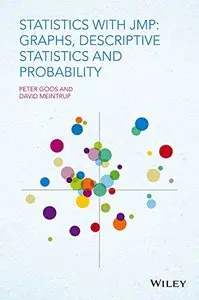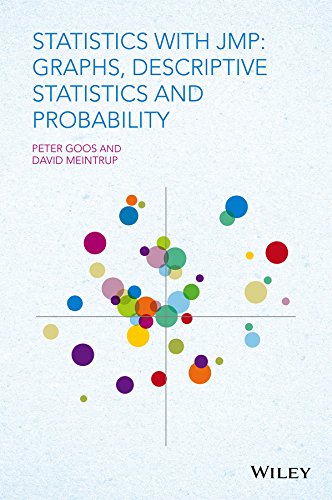Peter Goos, David Meintrup, "Statistics with JMP: Graphs, Descriptive Statistics and Probability"
English | ISBN: 1119035708 | 2015 | 368 pages | PDF | 8 MB
English | ISBN: 1119035708 | 2015 | 368 pages | PDF | 8 MB
Peter Goos, Department of Statistics, University of Leuven, Faculty of Bio-Science Engineering and University of Antwerp, Faculty of Applied Economics, Belgium
David Meintrup, Department of Mathematics and Statistics, University of Applied Sciences Ingolstadt, Faculty of Mechanical Engineering, Germany
Thorough presentation of introductory statistics and probability theory, with numerous examples and applications using JMP
JMP: Graphs, Descriptive Statistics and Probability provides an accessible and thorough overview of the most important descriptive statistics for nominal, ordinal and quantitative data with particular attention to graphical representations. The authors distinguish their approach from many modern textbooks on descriptive statistics and probability theory by offering a combination of theoretical and mathematical depth, and clear and detailed explanations of concepts. Throughout the book, the user-friendly, interactive statistical software package JMP is used for calculations, the computation of probabilities and the creation of figures. The examples are explained in detail, and accompanied by step-by-step instructions and screenshots. The reader will therefore develop an understanding of both the statistical theory and its applications.
Traditional graphs such as needle charts, histograms and pie charts are included, as well as the more modern mosaic plots, bubble plots and heat maps. The authors discuss probability theory, particularly discrete probability distributions and continuous probability densities, including the binomial and Poisson distributions, and the exponential, normal and lognormal densities. They use numerous examples throughout to illustrate these distributions and densities.



